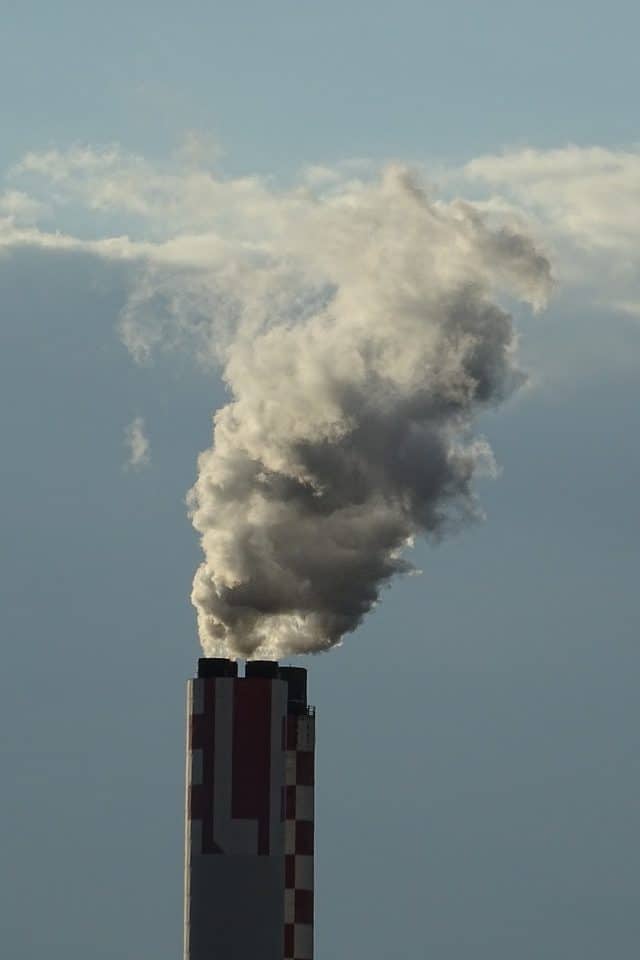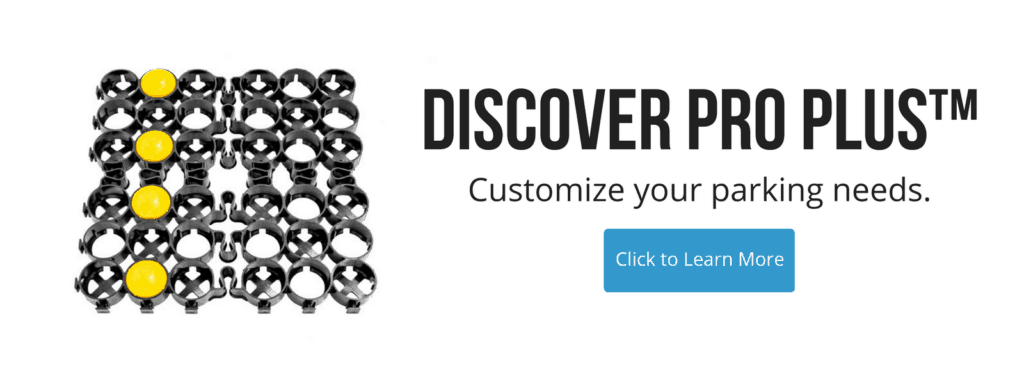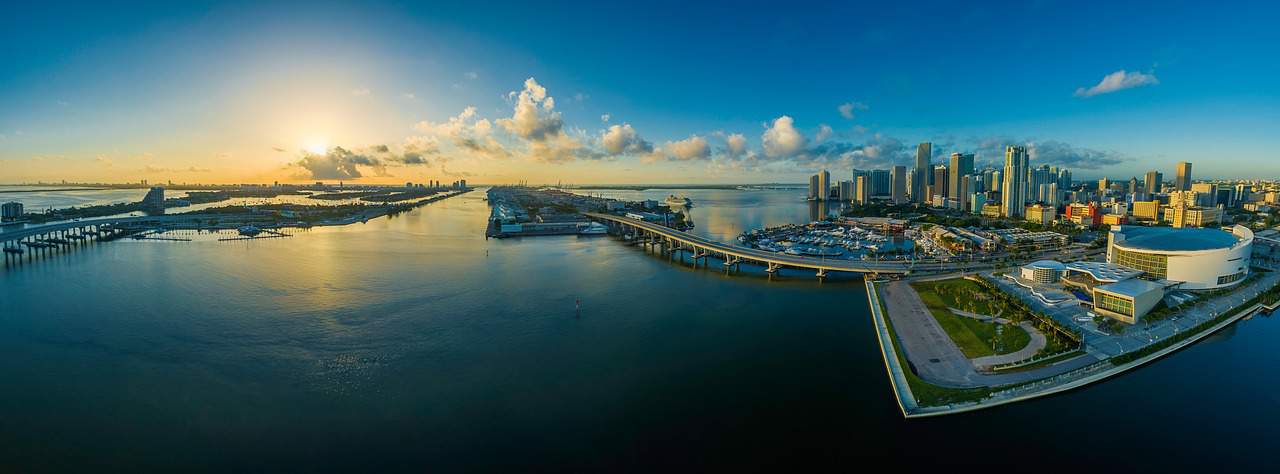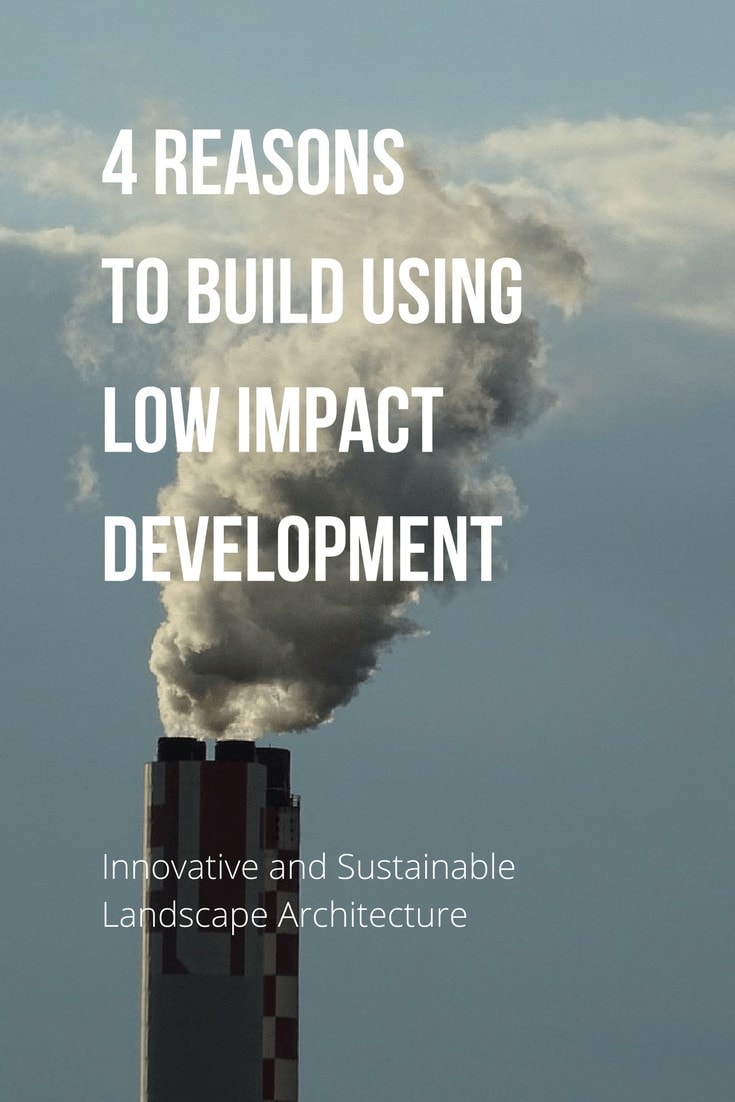During the construction of large buildings and development, the environment is damaged and disrupted. The flow of water is affected, vegetation is ripped out and communities of animals are forced out. In an effort to cut down on the environmental devastation, low impact development techniques are used as a solution.
Low impact development, LID, can be summed up as an array of practices that “mimic or preserve natural drainage processes to manage stormwater”. These LID practices aim to hold runoff water and influence it to flow back into the ground instead of flowing into ditches, drains, or detention ponds. Issues with flooding and pollution arise when runoff water has nowhere to go and becomes contaminated.
To avoid the severity of these issues, many developers, city professionals, builders and etc. are using these techniques to build with more consideration to how their project could affect the area.
The Benefits are as Clear as Day
With LID design, developments are built with more attention to the potential environmental impact they may have. These LID practices aim to work with natural processes while you gain the following benefits.

Our access to safe and drinkable water is easily threatened when the flow of runoff water isn’t properly handled.
The presence of impervious surfaces, such as concrete and asphalt, prevents water from naturally filtering into the ground. Instead, runoff water glides across surfaces where contaminants and pollutants such as pesticides, chemicals, leaked car fluids, and animal waste have accumulated over a length of time,. Water then flows until it finds a place to settle, namely man-made areas of detention, natural bodies of water or surfaces that are permeable.
Impervious surfaces thereby increase the risk of water contamination.
To combat this, stormwater management systems are designed to capture and treat this water. Although this does work temporarily, runoff water may overwhelm the system and cause severe flooding when there is severe weather.

We already know that impermeable surfaces create more runoff water. When there is an overwhelming amount of downpour, flooding is exaggerated in areas where water cannot soak back into the ground.
Damage done by flooding can be costly and harmful. Homes and properties are lost, wastewater systems are overwhelmed and during extreme events, even lives can be threatened or lost. Taking measures to prevent the severity of these flooding events can save time, money and possibly even lives. Property damage is costly and taking preventative measures can reduce those costs.
Not only does this matter to you but this is one of the biggest concerns city officials have when there is new development.Therefore, low impact developments and pervious cover are heavily encouraged to combat the issues.

Adding impermeable surfaces such as concrete and asphalt can trap heat in urban areas where these materials are more prominent. These surfaces tend to absorb the heat of the sun’s rays and release of this heat is slow. Usually, vegetation and soil helps cool down areas during their natural processes but with less vegetation and more heat-trapping materials, temperatures rise fast.
Because of these higher temperatures, you are forced to use more air conditioning, which raise your energy costs.
Energy is also used when water flows into stormwater management systems that lead to wastewater plants. In these treatment plants, runoff water is treated before being re-introduced as drinkable water. To create and use energy, fossil fuels must be burned, which emits pollutants in the air.
LID practices enable water to filter back into the ground reducing that amount of water need to be treated at wastewater treatment plants. Energy is then conserved.
4. Enhance Neighborhood Aesthetic
It is not a new concept that vegetation is visually pleasing.
Some cities are choosing to maintain and add more greenery to their community to create a more inviting environment. It’s no surprise, especially since materials like concrete are unsightly and dull.
The LID Techniques You Must Know About
Now that you’ve learned why these techniques are beneficial, it’s time to discover some of the clever and intricate solutions LID practices offer. The following examples are some of the most common ways to create low impact development projects.
- Bioretention – Bioretention systems use the biological, physical and chemical processes of plants, soil, organic matter and mulch to hold and treat stormwater. At first glance, they look like natural landscape. However, their layered system underneath is what makes them special.
- Permeable Pavers – Similar to bioretention in how it works, this unique practice is an alternative to pavement. Traditional pavement, such as concrete and asphalt, are normally impervious and does not allow water to filter back into the ground. Permeable pavers do the opposite. They install an open cell system where water is able to naturally filter back into the ground to recharge. Some of these systems also have a layered retention and detention area below to slow stormwater runoff above ground.

- Green Roofs – Also known as eco-roofs, green roofs help mitigate the effects of development as soon as rainwater lands on top of the building. These layered systems aid in the filtration, absorption and detention of water to maintain good water quality. Similar in structure as a bioretention, these structures work to detain and filter water with a strong barrier between the structure and building to prevent water damage. Typically, development destroys vegetation but green roofing protects that vegetation. Instead, it uses vegetation to naturally filter water while using space available above buildings.
- Rain Barrels and Cisterns – Rain barrels are a low-cost and easy to maintain option available for any residential, commercial and industrial location. This barrel-sized device aids in the retention and detention of water to help manage rooftop runoff. Cisterns are larger than rain barrels and are installed on the roofs of buildings by catching rainwater and retaining it in above- or underground storage tanks. Water is stored and can be used later to help conserve the use of water reducing the cost of water utilities.
- Soil Amendments – Before the construction of any building, the soil in the area must be prepared for the best stability. Vegetation and topsoil is cleared out, the remaining soil is compacted and the area around the new building is seeded or sodded. Because of this, the present soil loses its ability to allow water to filter back into the ground causing more runoff. Because plants have less available water, building owners must work harder to maintain the landscape by irrigating more and using fertilizers. Soil amendment does just what it’s named for. It amends the soil by bringing back what it has lost, such as compost as organic matter, minerals and topsoil to restore the area’s soil.
- Tree Box Filters – These filters are basically mini bioretention systems installed beneath a tree and can be effective when established across an entire area.
Make a Big Impact with Low Impact

If you haven’t already, dig into the perks of LID. Whether you are in the construction phase or your development is complete, these LID practices can be easily integrated into your project.
It’s never too late to make a great impact in your community.
At TRUEGRID, we specialize in a paving alternative that is easy to install and great for low impact development initiatives. See what others are doing and how they are using TRUEGRID in their projects to create LID designs.
Gain inspiration for your development.




